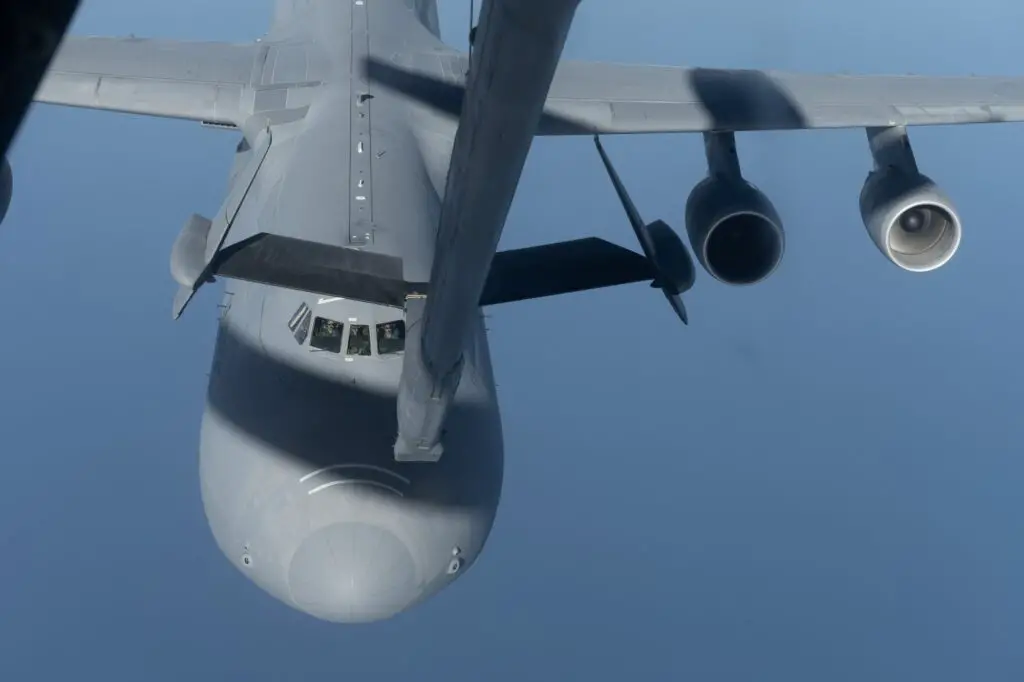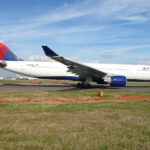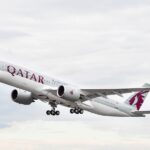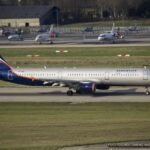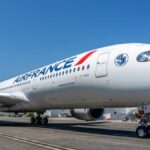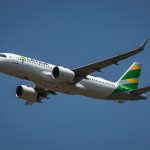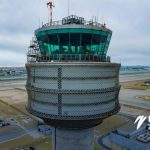A crew from the U.S. Air Force’s 22nd Airlift Squadron conducted reverse-flow air refueling training with a C-5M Super Galaxy and a KC-10 Extender over northern California and Oregon, Dec. 12, 2023.
The reverse-flow aerial refueling is a proof-of-concept, designed to maintain emergency preparedness to prevent the loss of a tanker aircraft.
An in-flight refueling typically consists of a KC-10 or KC-46A Pegasus delivering fuel to another aircraft. In this exercise, the C-5M crew reversed the process with the help of a KC-10.
See also: Boeing wins $2.3 billion contract for 15 additional KC-46A tankers
“By using a C-5 as a huge floating gas station, it allows more tankers to be positioned for offloading to fighter or mobility aircraft, versus having to use one tanker to refuel another, which takes away a tanker asset from the mission,” said U.S. Air Force Maj. Justin Wilson, 22nd AS chief of standards and evaluations and C-5M evaluator pilot. “This allows more tanker aircraft in the theatre and extends their range or orbit time.”
According to Wilson, this was the first time the C-5M was used like this since its initial testing and certification. By conducting tests on this procedure, the aircrew successfully gathered data points that can be utilized in the future to enhance the range and capabilities of a tanker aircraft.

“By doing reverse air refueling, the aircraft is getting lighter at a quicker rate than if you were just flying normally, so the aircraft flies a little different,” said Wilson. “The real difference is when it comes to the flight engineers.”
“To execute the reverse air refuel, we made amendments to two of our normal checklists,” said Tech. Sgt. Robin Ogg, 60th Operations Group C-5M senior evaluator flight engineer. “These changes were in the flight engineer’s fuel panel configuration to set us up to give fuel versus receiving it.”
During this successful reverse-flow air refueling test, the C-5M offloaded 23,500 pounds of fuel (about 10,660 liters) to the KC-10 in approximately thirty minutes.

